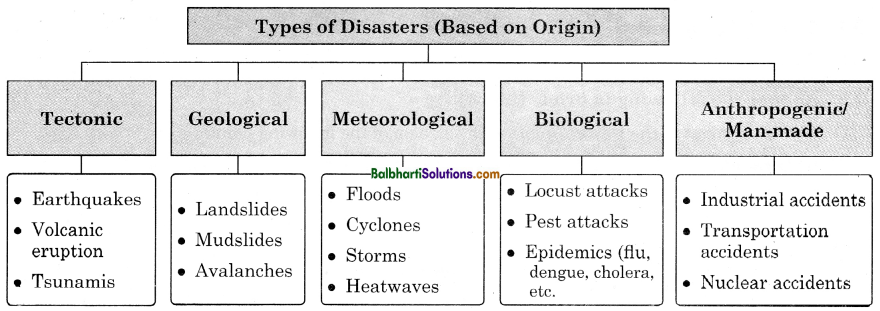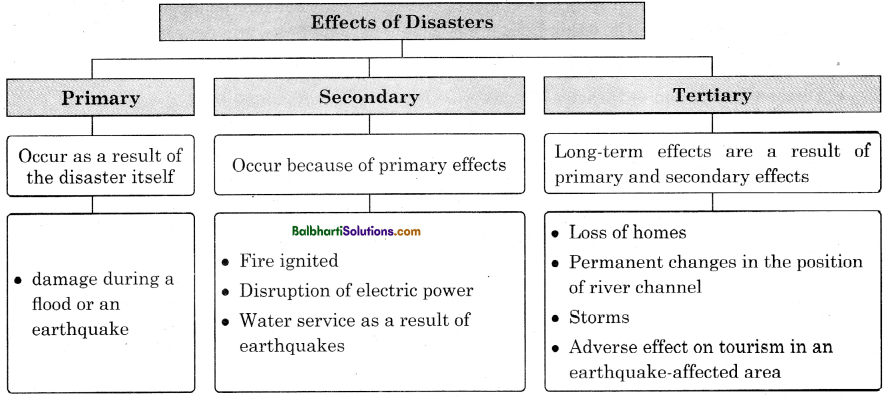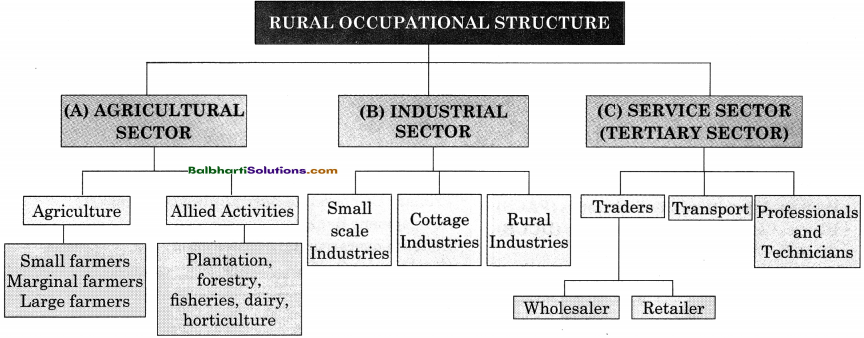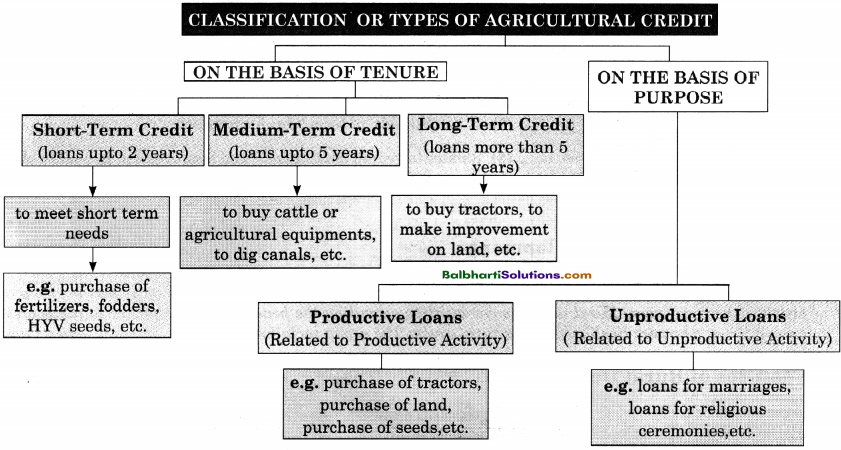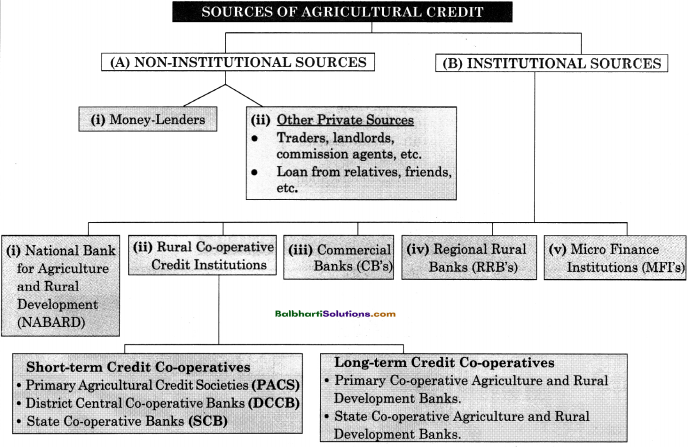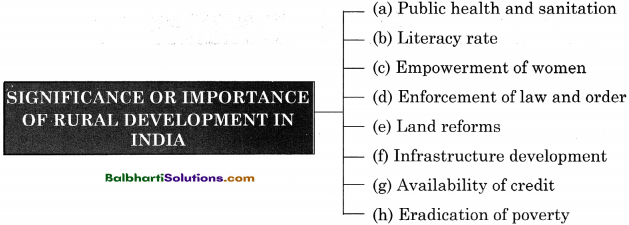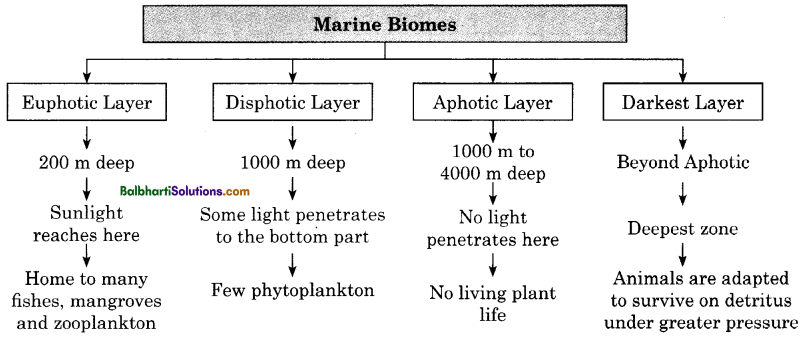By going through these Maharashtra State Board Class 11 History Notes Chapter 10 Changing Times students can recall all the concepts quickly.
Maharashtra State Board Class 11 History Notes Chapter 10 Changing Times
Nomadic tribes of Central Asia:
After the death of Alexander, the Satrapas appointed by him declared their independent status and they came to be known as Indo-Greek kings. During the declining period of Indo-Greek kings, nomadic tribes in Central Asia attacked Bactria. The tribes of Central Asia migrated to India in this period. These migrations proved to be important in the political scene in North India.
In the latter half of 2nd century B.C.E., the Pahalavas (Parthians) and Shakas (Scythians) attacked northwestern regions. The Yuezi tribes from China pushed the Shakas out from Central Asia. Yuezis were pastoralists. With the strength of their war skills, they vanquished the local kings and there they established their own kingdoms.
Indo-Greeks, Shakas, Kushanas:
Indo-Greeks : The Greek Satrapas of North-west are known as ‘Indo-Greeks’. In Indian tradition, they are mentioned as Yavana. Their objectives were to establish their dominance in the region of Mediterranean Sea and to strengthen the hold over trade in west and central Asia.
Seleucus Nicator was Indo-Greek king from the province of Bactria in the North-west. In the conflicts between the Indo-Greek kings, the kingdom of Bactria proved to be powerful. Bactrian king, Demetrius attacked India in 180 B.C.E. He won over Takshashila. His capital was at Sakai (Siyalkot).
![]()
Shakas: Shakas came from Central Asia. They established their kingdom by driving out the Greeks of Bactria. Their colony acquired the name ‘Shakasthan’ (Shistan). ‘Maues’ alias ‘Moga’ was the first Shaka king in India. He established the kingdom by conquering the provinces of Gandhara and Punjab. Due to the weakness of the succeeding Shaka kings, Pahalava King, Gondophernes defeated them and established his rule in India.
Kushanas: After coming to Bactria from Central Asia, the Kushanas captured the Indo-Greek kingdoms. As an effect of their contact with the Greek is reflected in some traits of Kushana culture. After pushing the Shakas out to the South, under the leadership of Kujula Kadphises, the Yuezi groups came together and Kujula Kadphises brought them to northwest India from the Hindukush mountains. He declared himself as the King of Bactria.
Kushana Empire: After winning over the small kingdoms, Kushanas followed the system of Shakas and established their Satrapis there. A military officer called ‘Satrapa (Kshatrapa) was appointed on the satrapies. The King was the chief of all the Satrapas and adopted the titles like ‘Rajadhiraj’, ‘Maharaj’ etc. The concept of divinity of the King is seen for the first time in the inscriptions on the Kushana coins. They called themselves as ‘Devputra’(Son of God).
Gupta Empire: The history of Gupta empire indicates the process of transformation of a small state into a mighty empire. Srigupta was the founder of Gupta dynasty. His title ‘Maharaj’ indicates that he was a feudatory. His son Ghatotkach also uses the same title which means during his period also the Gupta kings were feudatories.
Chandragupta I is given the credit of expanding the Gupta rule and transforming it into an empire. The title added to his name, titled ‘Maharajadhiraj’, gives an idea of the increasing status of the Gupta kings. He married Kumaradevi who belonged to the Lichchhavi clan. This matrimonial alliance proved to be politically beneficial for the Gupta dynasty.
![]()
State administration and social life: The Gupta period is considered as the Classical Age of Indian history. During the Gupta period, king was the centre of administration. The Prince, Amatya (ministers) and advisors helped him. Many times, the Prince was appointed as Viceroy who looked after the provincial administration. Every province was subdivided. These subdivisions were called ‘Vishaya’.
There was an independent administrator appointed on these Vishayas. They were known as ‘Vishayapati’. ‘Kumaramatya’ were the provincial officers and Ayuktak’ were the officials who looked after the affairs of the districts. Gupta administration was decentralized. Many decisions were taken at the local level.
Vardhan Empire: During the declining period of the Guptas, in Northern India, there was rise of dynasties such as Vardhans at Sthaneshwar (Thanesar), Maukharis in Ganga Yamuna Doab, Maitrakas in Saurashtra etc. Pushyabhuti was the founder of the Vardhan dynasty. After the accession of Prabhakarvardhan, the Vardhan dynasty became powerful. He took up the sovereign title of ‘Parambhattarak Maharajadhiraj’. The most prominent ruler of this dynasty was Harshavardhan.
His empire extended from Nepal to Narmada and Saurashtra to Bengal. After Harshavardhan, there was no heir to the throne under the situation. The empire disintegrated and many feudatories declared independent status in North India.
Karkotaka Empire: Among the dynasties that ruled in Kashmir, the Karkotaka dynasty (7-9th century C.E.) is mentioned by Yuan Chwang. He had been to Kashmir when he had visited India. Detailed information regarding this dynasty is found in Kalhan’s Rajatarangini. Durlabhavardhan was the founder of Karkotaka dynasty. His empire extended from Narmada to Tibet.
The reign of Lalitaditya (Muktapeed, 724-760 C.E.), the grandson of Durlabhavardhan, is noteworthy. He is credited with two victorious expeditions (Digvijaya). He drove away many foreign tribes on the northern borders of Kashmir, especially the region in the Amudarya basin.
Trade, coinage, art, iconography: In Indian history, the period of six centuries from 2nd century B.C.E. to 4th century C.E. was the period of arrival of the Central Asian tribes and the kingdoms that they established. These people adopted various cultural traits as they came to India.
The introduction of these traits brought about a transformation in the cultural life of India as well. In contemporary India, agriculture and animal husbandry were the main sources of livelihood. Along with it, various industries and trade developed during this period. India’s contact with the foreigners proved to be beneficial for this.
![]()
Indo-Roman trade (Trade centres in Maharashtra): The Periplus of Erythrean Sea written in Greek language in the mid 1st century C.E., mentions about the Red Sea and the sea routes connecting coastal line, ports, provinces, goods exchanged in trade.
Red Sea was important for trade relations between India and Rome. The flourishing Indo-Roman trade gave rise to several markets and cities. There was rise of important ports in western India as well. The merchandise transported to Maharashtra were stored at Ter, Nevasa, Bhokardan, Kondapur, and Sannati.
Glossary:
→ Tilling – Prepare and cultivate(land) for crops.
→ Merchandise – Goods that are for sale.
→ Garom – Pickled fish.
→ Migration – Movement of people from one place to another.
→ Dominance – The action of taking control.
→ Suzerainty – The right of a region to partly control another.
→ Autonomy – A right to governor control.
